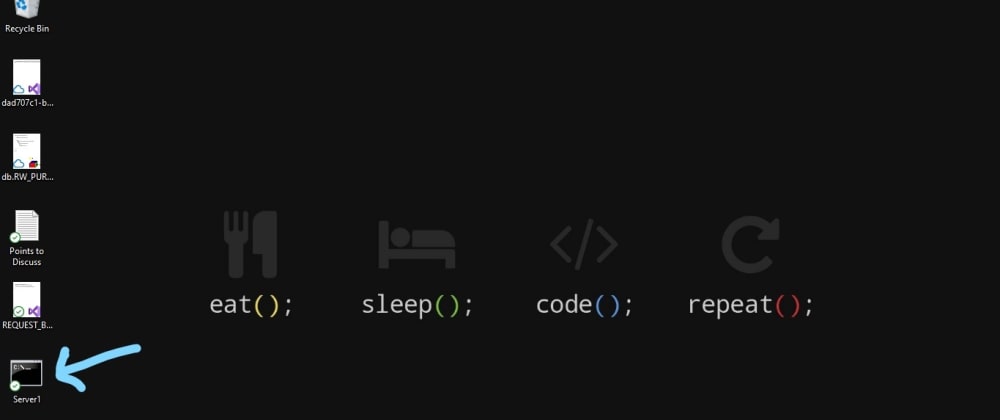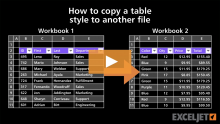

This displays all six bands, in case you need additional bands, as well as the preset save/load and undo functions.
SHORTCUT TO EXPAND SONAR MULTIDOCK FULL
You can choose whether the EQ is pre- or post-effects, and enable and disable EQ but, most importantly, selecting 'Show EQ Properties' brings up the full GUI for the Sonitus EQ. Right-click on the plot (6) to bring up a menu with additional options. The nicest 'hidden' feature is available only if the EQ Plot section is visible. In narrow view, these become numeric fields where you click and drag to enter the value. The group of controls (5) are Gain and Q in the top row, with Frequency on the bottom. If you have one band selected for display instead of four, clicking on the Band field (3) opens a pop-up menu where you can choose one of four bands for editing, while clicking on the Response field (4) opens a pop-up where you can select from Peak/Dip, Lo Shelf, Hi Shelf, Lo Pass, and Hi Pass responses. However, to use individual bands it's also necessary to enable them with the band's corresponding enable/disable button (2). Referring to the screen shot above, (1) is the EQ's master enable/disable control. Now that we've set up the EQ, let's look at how you work with a single band. Except for Auto, which scales the graph appropriately for each channel, these options affect all plots globally. Click on EQ Plot to show or hide the graphs, and right-click on EQ Plot to choose the plot resolution (6dB for subtle EQ curves, 12dB, and 18dB for extreme EQ curves, and Auto to let Sonar decide what resolution will be best for showing the graph). There's also an EQ plot available that graphs frequency response. You show the EQ using the mixer mini-toolbar EQ button, but if you right-click on the EQ button, you can choose whether to show just one band of EQ, or all four bands. The Console view has the Sonitus EQ effects 'hard-wired' into every channel - which is useful, as they sound good but are also efficient enough that you can enable lots of them without giving your CPU a nervous breakdown. This is also a convenient place to hide an individual track without having to call up the Track Manager (for which the usual shortcut is to type 'M'). For example, if the Console's Mute/Solo/Record (MSR) section is hidden, you can't access the automation read/write buttons from the Console view - but you can via the strip number's right-click dialogue box. While we're in the vicinity of this dialogue box, note that there are several other useful functions. The two buttons below them select wide or narrow track strips these global controls affect all strips, but you can also widen or narrow individual channels by right-clicking on the track number at the bottom and ticking or unticking Narrow Strip. It's pretty much self-explanatory what the Tracks, Buses and Mains buttons show and hide.

The blue buttons relate to groups of channel strips, while the tan ones relate to functions within the channel strips. Light-coloured buttons indicate that a function is visible and dark buttons show that it's hidden. Showing and Hiding is controlled via the mini-toolbar toward the Console view's lower left, but, like so many aspects of Sonar, there are some beneath-the-surface features. You can show and hide various elements of the mixer, which is helpful for dealing with monitor size constraints, as well as for focusing on specific elements of your work.
SHORTCUT TO EXPAND SONAR MULTIDOCK HOW TO
This month we'll discuss how to do these customisations and, more importantly, cover other tips that can help streamline the music production process. You can choose four controllers for tweaking directly from the Console view.One of the Sonar Console view's main strengths is how it can be customised to fit the task (and screen real-estate) at hand.

Many aspects of the EQ displays can be changed to suit you, including how many bands are visible and whether you want to view frequency plots. Right-click on the Plot button and you can select one of four scaling options (resolution) for the plot. Right-click on the EQ button and you can choose whether to see one or four bands of EQ in the Console view. Right-clicking on the track number not only lets you choose narrow or wide view for an individual channel, but several other options as well. If you hide everything except the faders, the Console view turns into a meter bridge. We explain how, and pass on some handy shortcuts along the way. When it comes to the Sonar mixing console, you don't have to simply take what you're given, because there are lots of ways of making it fit your working methods.


 0 kommentar(er)
0 kommentar(er)
